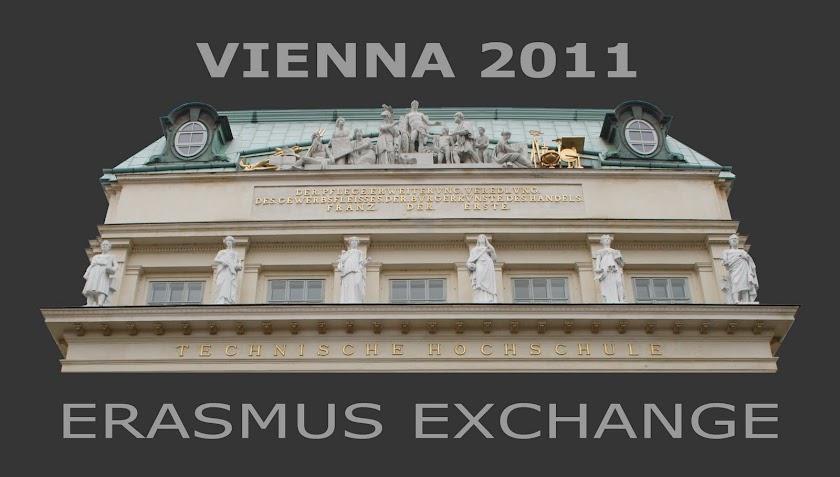Today was an early start to beat the queue for registration. We had to go to the TU to take the forms that we had signed off on Friday into university to receive our ‘Ausweis fur Studierende’ (student ID card). Our student card is simply a piece of card with our photograph stapled on and stamped, but is essential as we were also given our ‘Matrikelnummer’. We then had to take this along with a receipt given to us to a bank and pay a fee which means we register as a student. Once paid we apparently have to wait for a sticker which is the final stage of the process of becoming an ‘official’ student.
With the Matrikelnummer we were able to log on to the university system. The online system has a list of courses; I had to begin the tedious task of selecting the relevant courses, reading the descriptions, checking what language it was taught in, how many credits the course was worth and write down the reference number. To sign up to courses you have to apply for a place as these are restricted; although the times of where and when they would be taught were not on the system. I will never complain about university registration or timetables in the UK
The advantage of this system in the long run is that you can effectively formulate your own timetable and can choose however many credits you want to cover. Although I must admit that this system in the short term, is time consuming and complicated (especially if you are new to it).
Our fellow students, Paul and Niall from Portsmouth who studied at the TU last year had been kind enough to warn and advise us about the system but too be honest I did not think it could be that complicated; I was wrong. Another problem lay in the fact that many of the courses online were already full and had long waiting lists as well! Tomorrow we have an introduction session with the Deans from the faculty of Architecture and Urban Planning. It was a draining day and I hope a number of questions can be answered tomorrow!





















